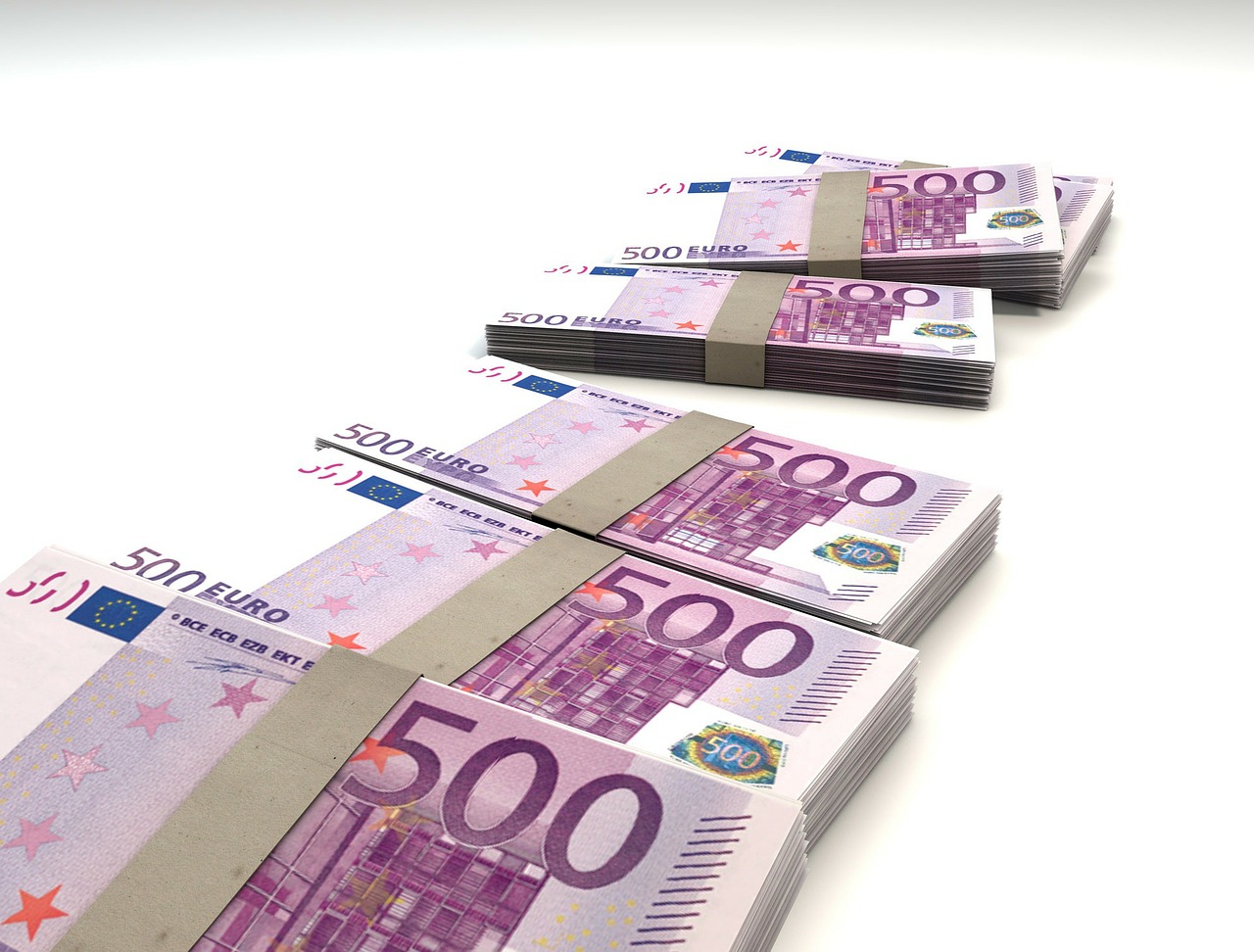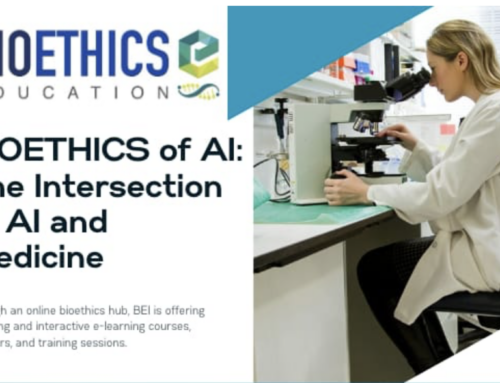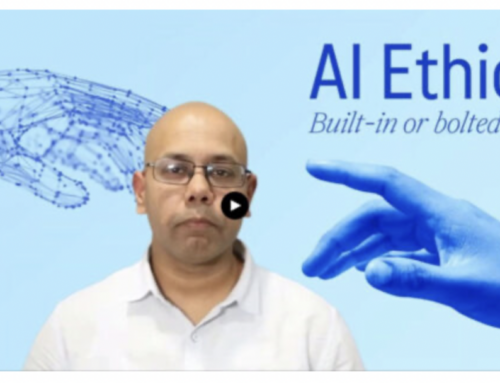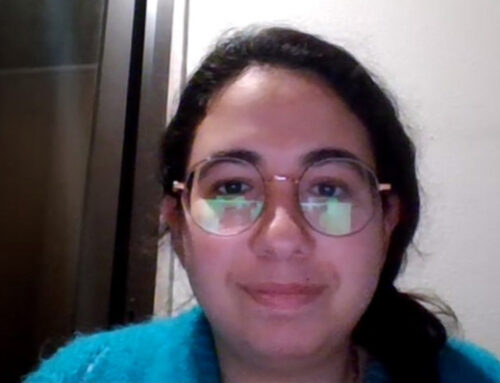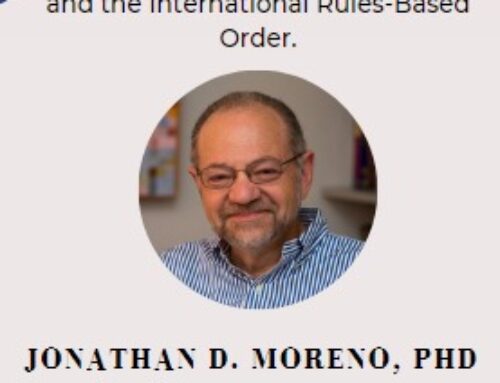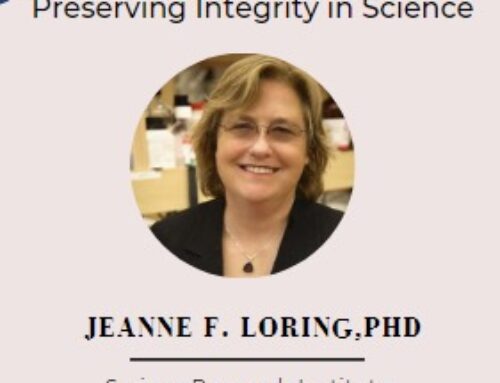By Raina Jain
The practice of micro-financing, which began in Bangladesh, has become a factor indirectly contributing to organ trafficking in the country. The initiative began as a means to provide loans to help small businesses succeed in Bangladesh. Although efforts were aimed to alleviate poverty, it has led to severe problems for Bangladeshis due to strict repayments and lack of regulation. These factors have led many Bangladeshis to borrow from multiple lenders when unable to pay their initial lender, evolving into a cycle of worse poverty.
Eventually, many of the impoverished fall prey to brokers who function as the intermediaries between organ sellers and recipients. Brokers offer unrealistic rewards for the organs of the poor, organizing fake passports and documents to pretend that the donor and recipient are relatives. Those in micro-credit debt tend to agree out of desperation, and are rarely paid the amount they were once promised. Instead, they are often left with severe side effects from the operation and a meager amount of cash that hardly resolves their micro-finance debt.
The relationship between micro-financing and organ trafficking has become more evident. Professor Monir Moniruzzaman from the Department of Anthropology at Michigan State University said, “A lot of people’s debt from NGOs has spiraled out of control. Because they cannot repay the loans, there is only one way for people to get out and that is to sell their kidney,” acknowledging the extent of the victims’ desperation. The detrimental results of micro-financing are hidden under a veil of praise given by the international community. The truth is that there is a thirty percent overlap for micro-finance institutes in Bangladesh, meaning that almost one-third of borrowers end up needing aid from another source. There is no regulation of those who are borrowing from multiple organizations, leading to an industry-wide issue.
Dr. Amer Khan, from the Swinburne University of Technology, summarized the misuse of micro-finance, “I think people are sobering up to the fact; let’s not make it a panacea, let’s not call it an ultimate tool. Let’s call it one of the tools, a good sustainable tool, that can be misused.”
To read the full article, click here.


